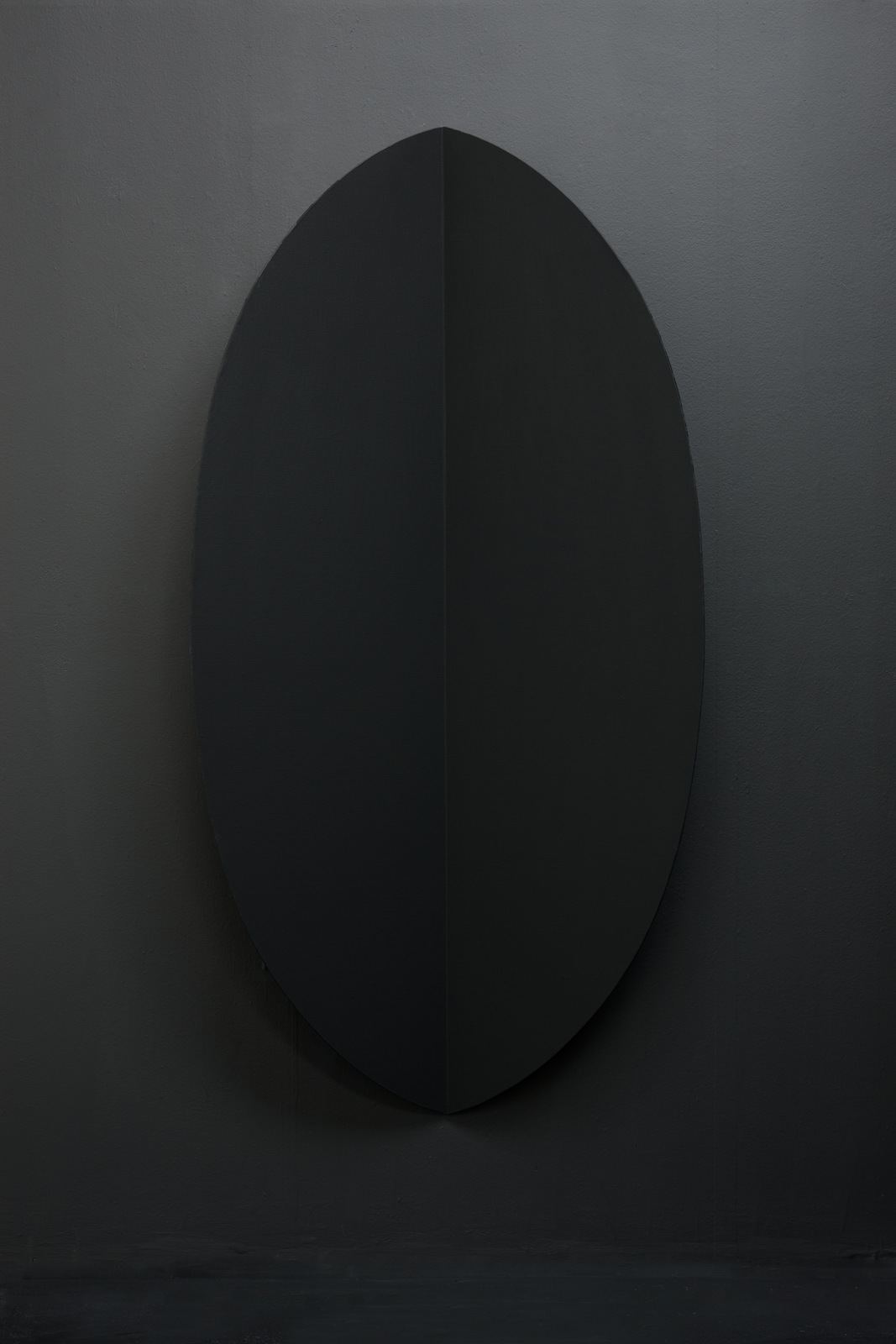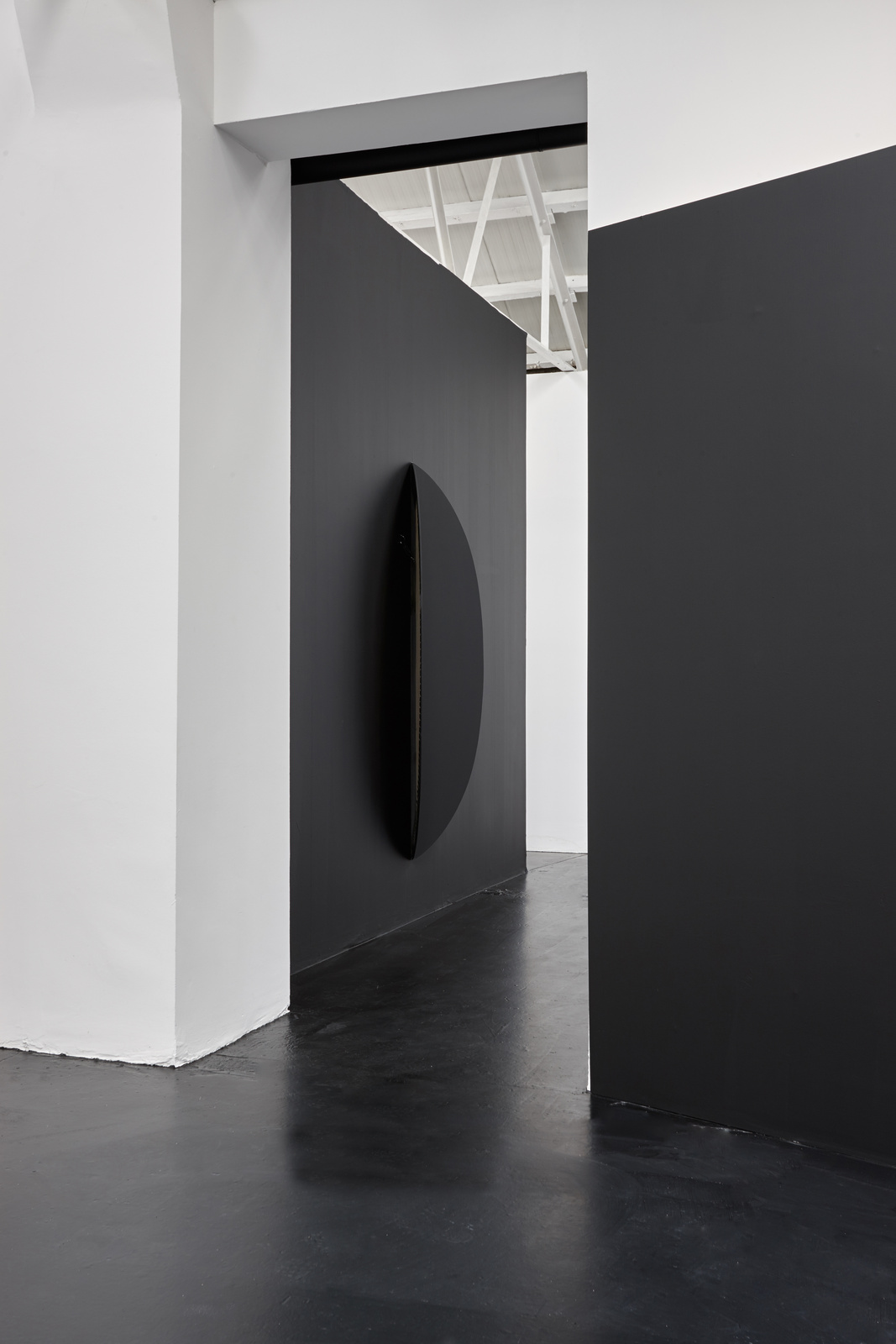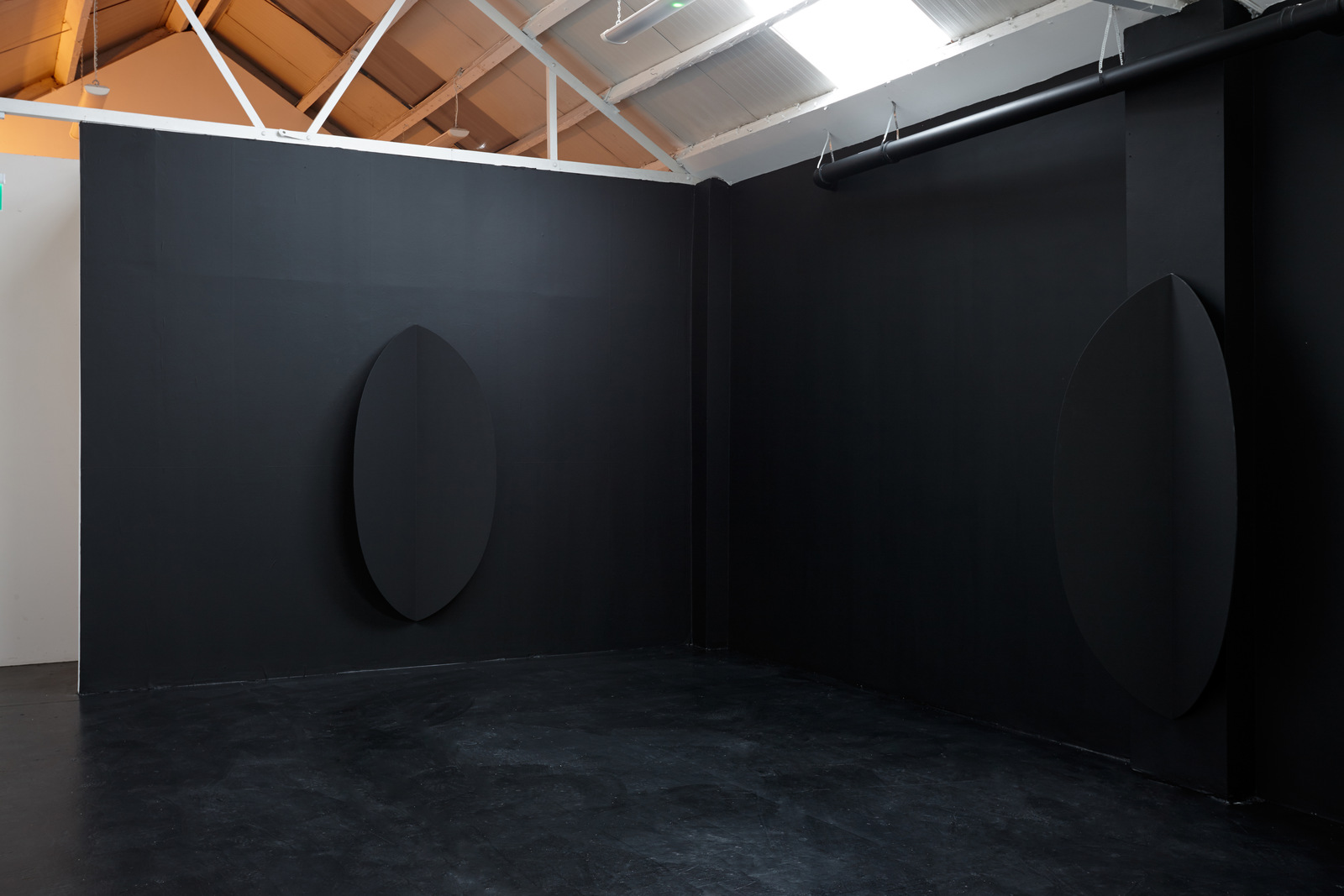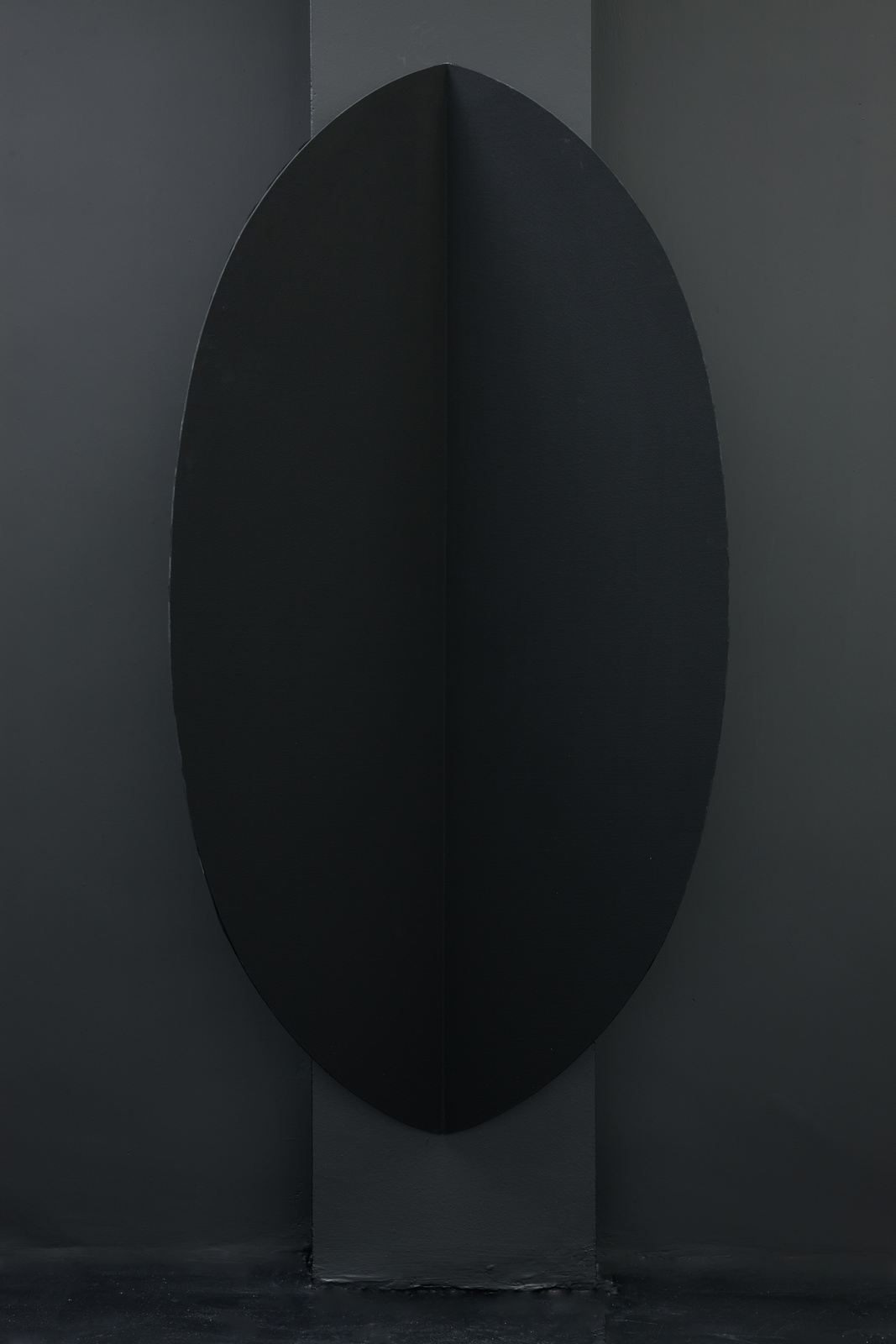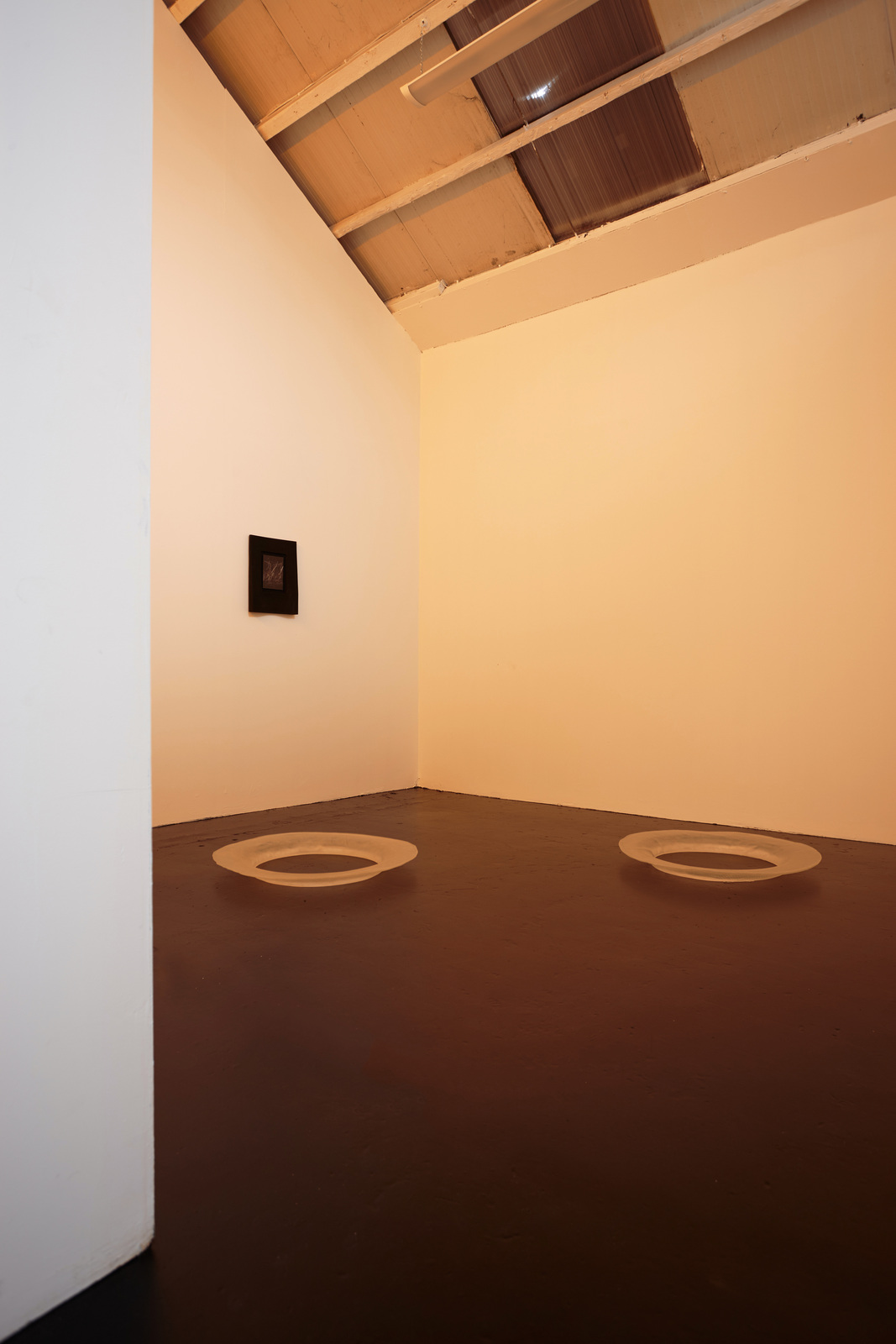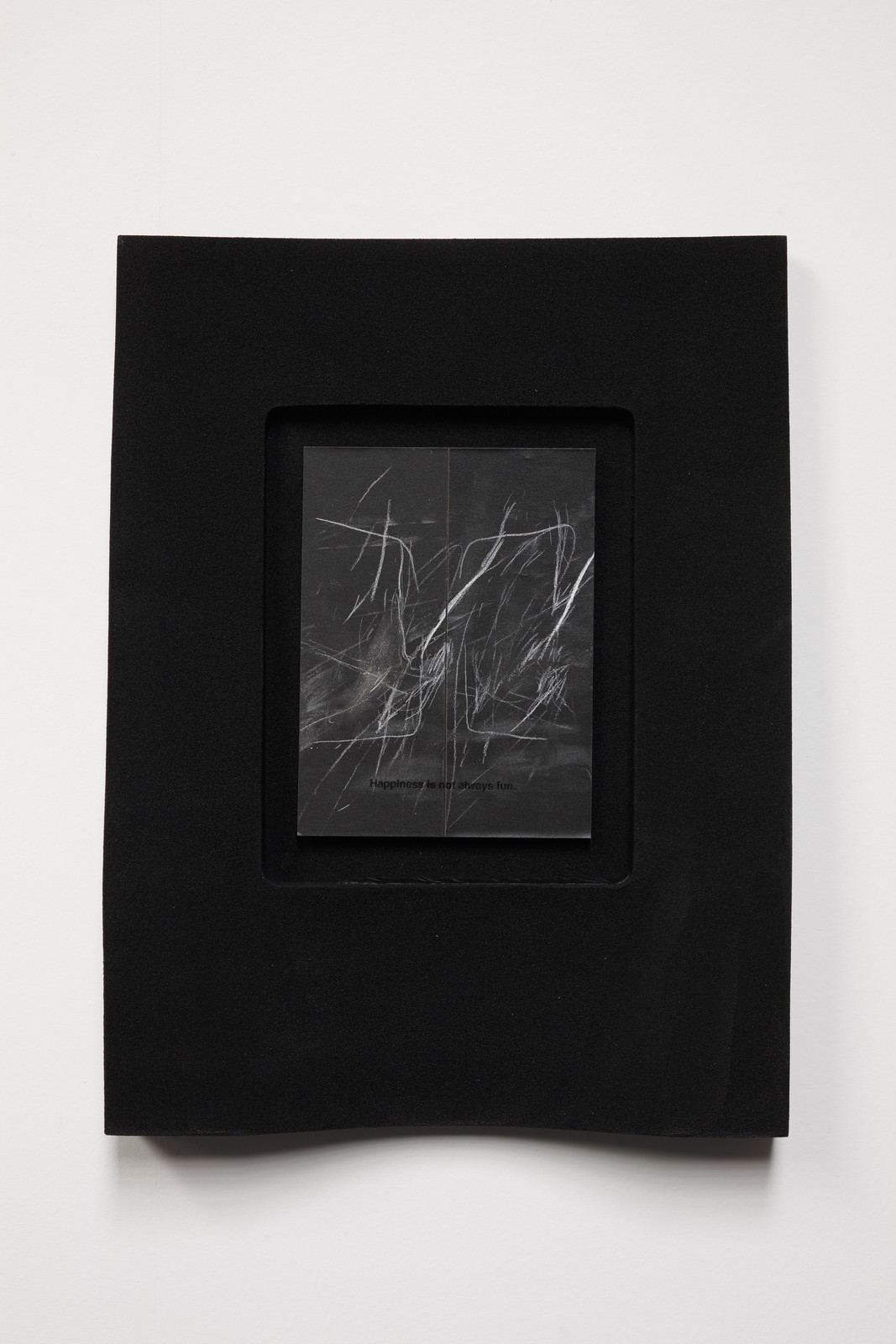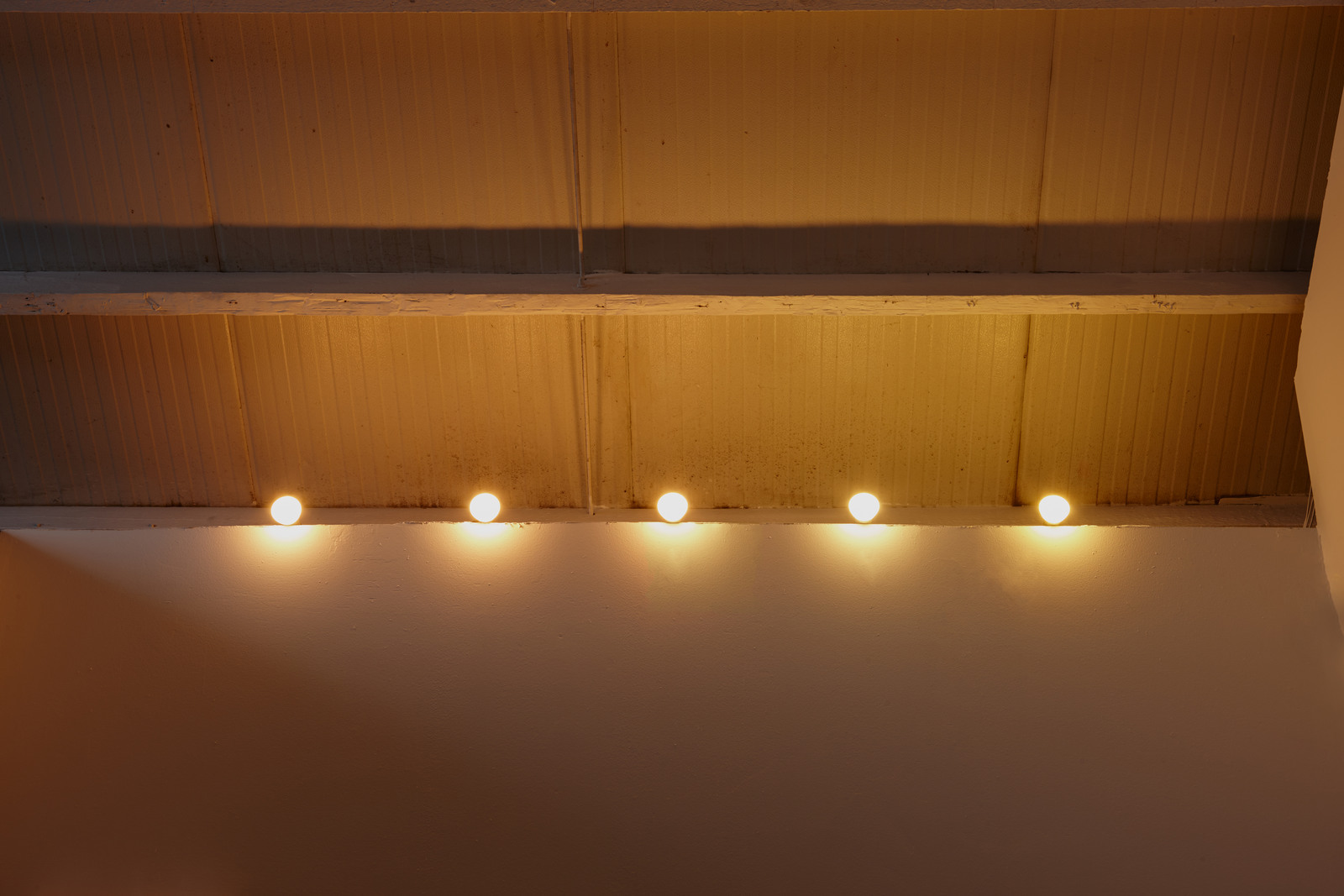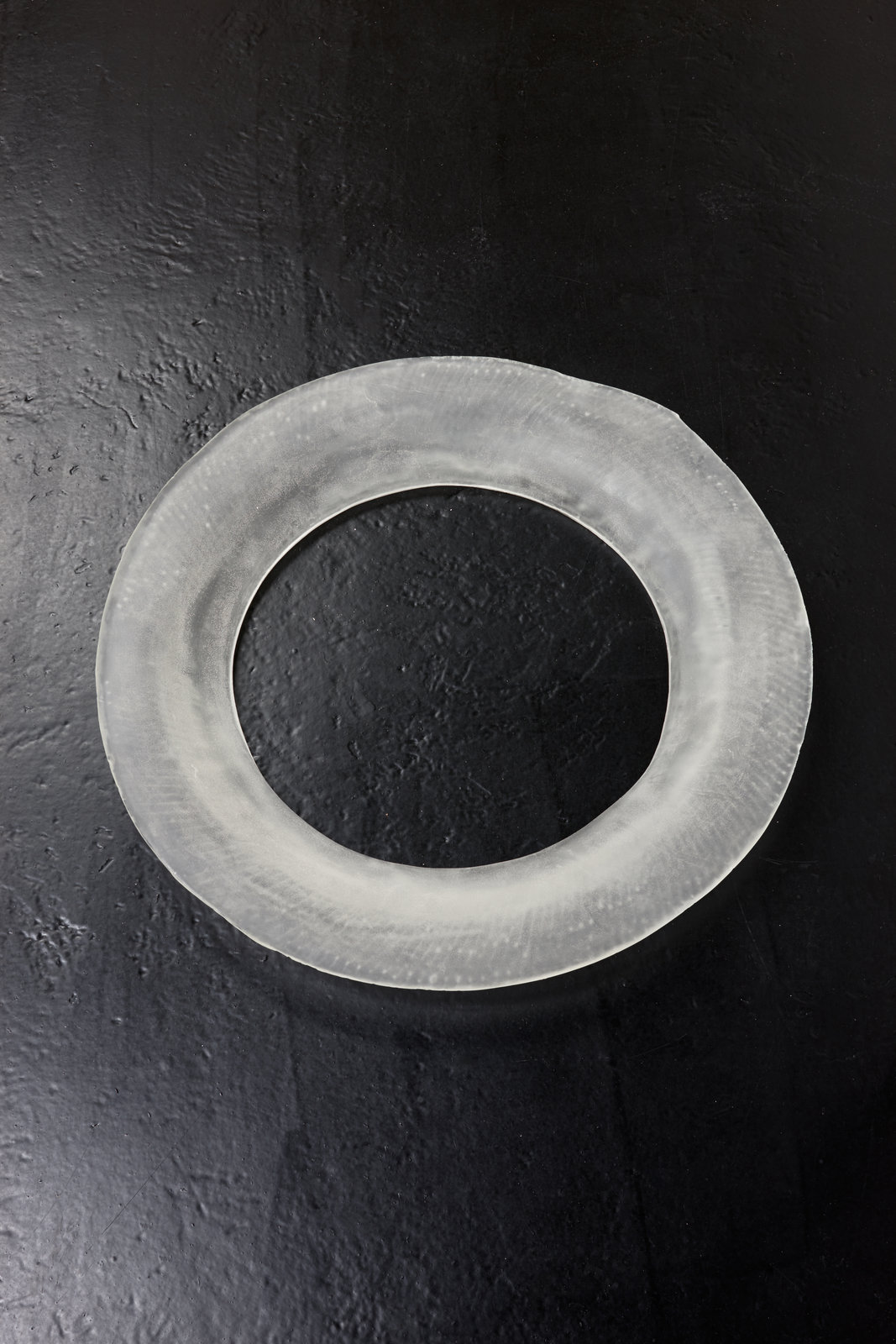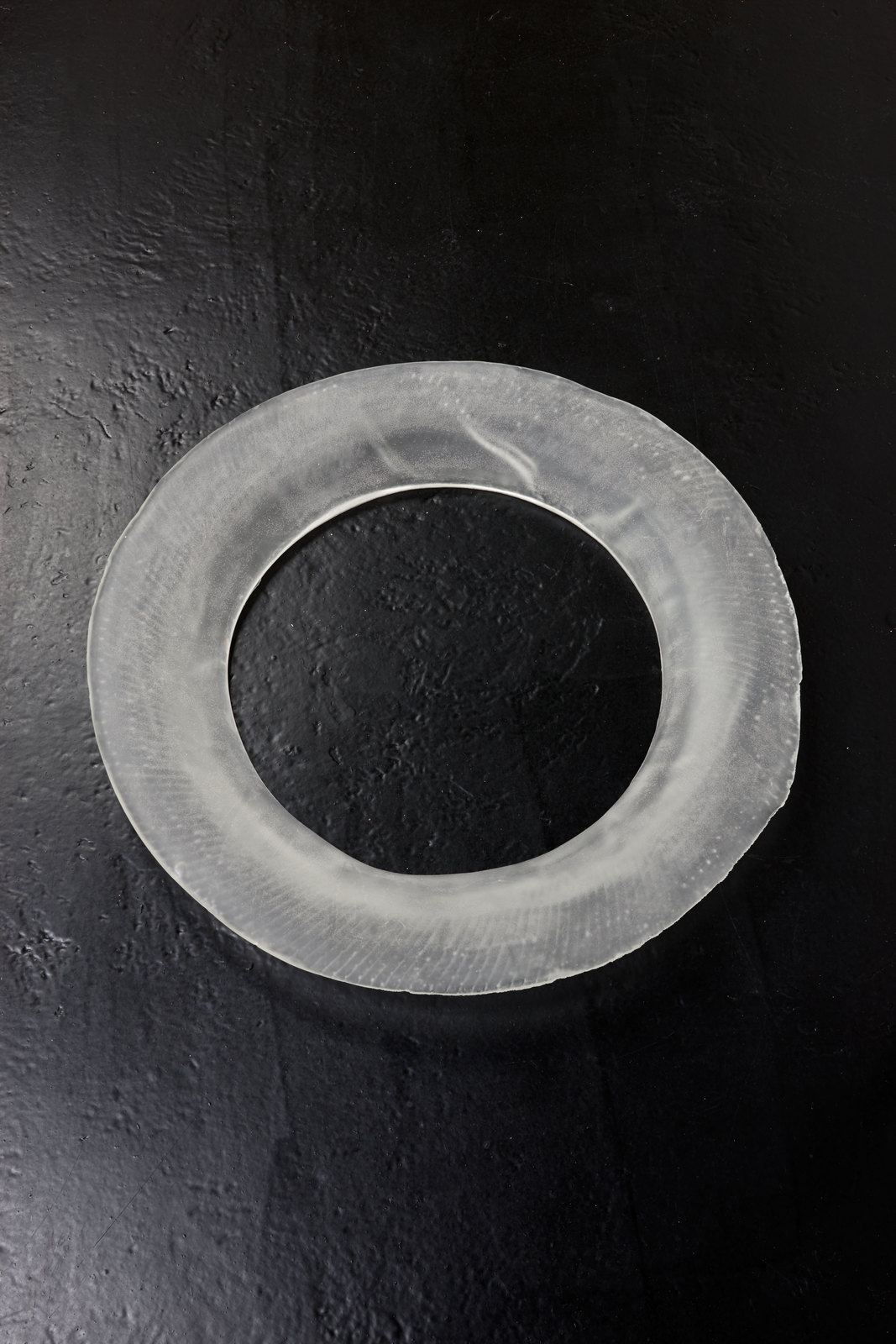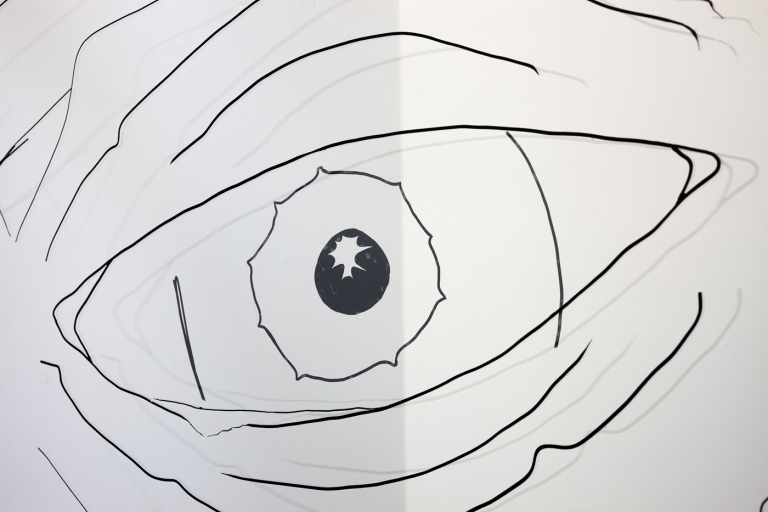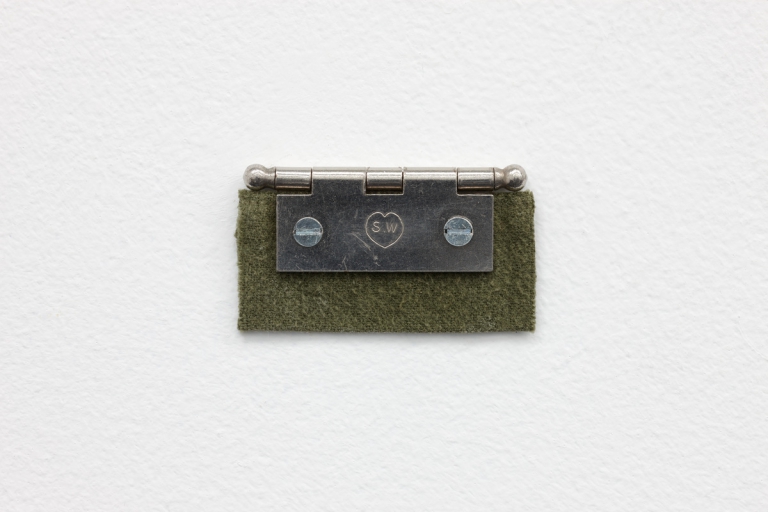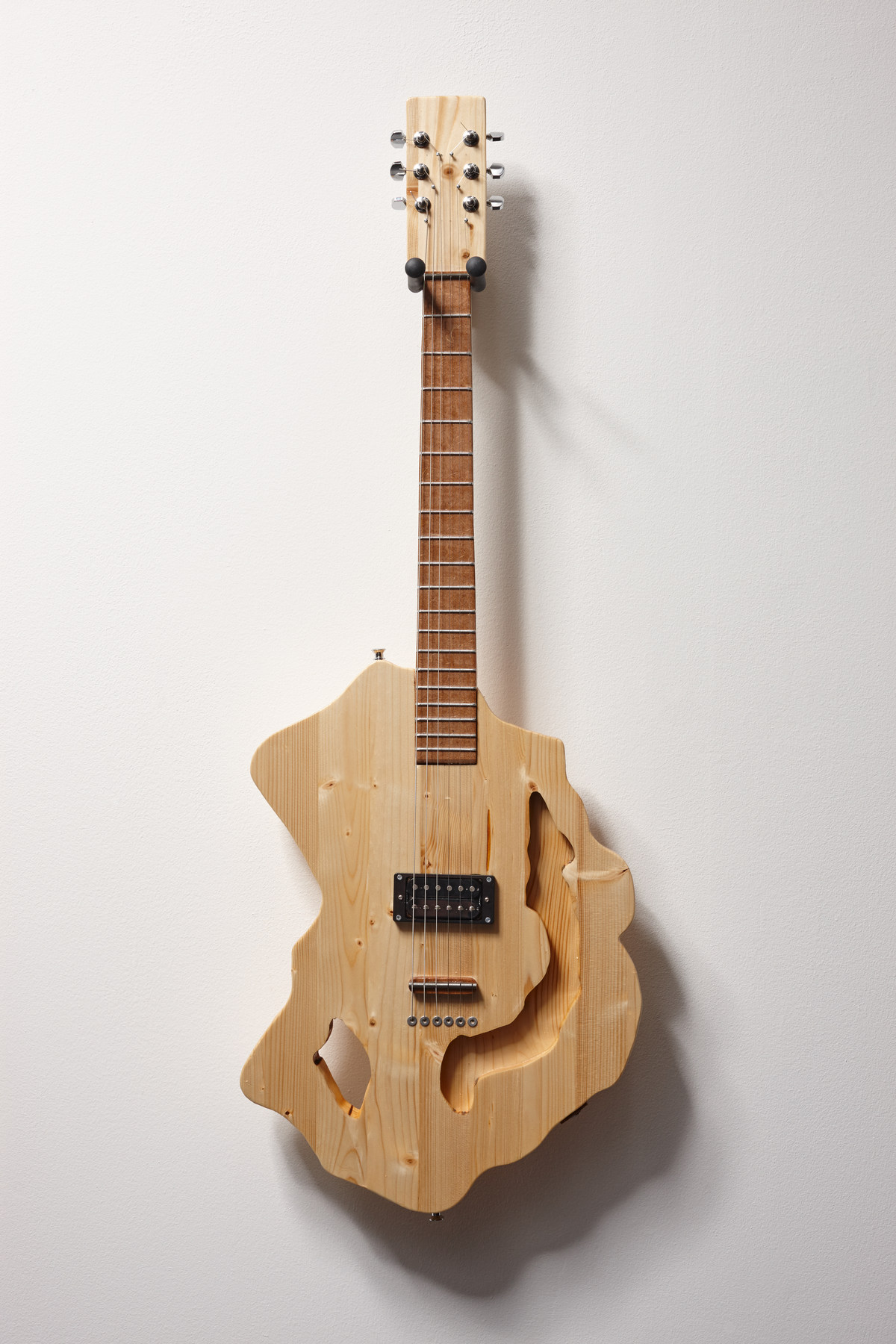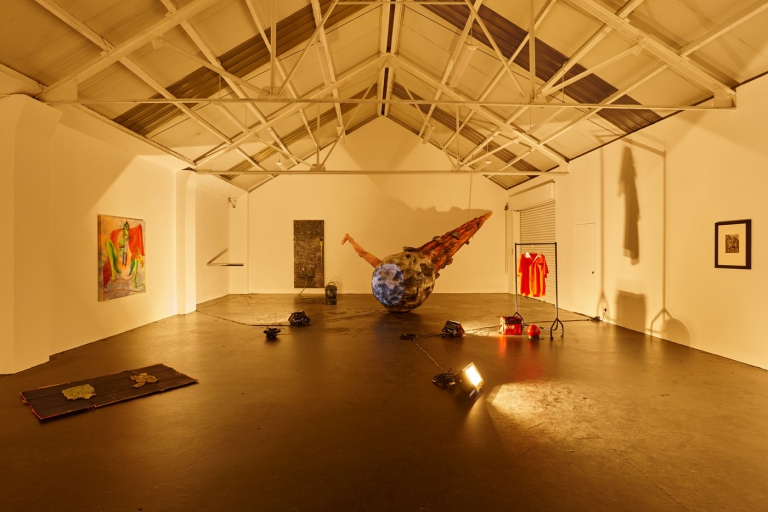Artist: Ryan Estep
Exhibition title: 5
Venue: Ellis King, Dublin, Ireland
Date: September 9 – October 15, 2016
Photography: images copyright and courtesy of the artist and Ellis King, Dublin
Since his last solo exhibition a year and a half ago, Ryan Estep has behaved more as a farmer than an artist. While his project has ultimately found its audience within the walls of an art gallery, its inception owes more to the ethos and industriousness of his Midwestern roots. Over the last year, Estep has founded a company called “Estep Construction & Services” and setout to grow a strain of agricultural wheat in his Brooklyn studio. A common theme to the artist’s work has been the self-issuance of a problem that organizes and finds its solution in artistic action. In doing so Estep has inverted the notion of the readymade as his objects must now serve a much more functional, proletariat purpose. Estep’s Tools which are composed of carbon fiber, aircraft grade resin, lightweight poplar plywood and covered in canvas were engineered to thrash and haul wheat. Labor has always been a protagonist in Estep’s practice but whereas his previous sterilized dirt paintings folded this notion into their narrative, these Tools have it forged into their identity.
Central to the exhibition is Estep’s first video, Film/TEXT, 2016 which merges the imagery of Keith Merrill’s Academy Award Winning Documentary The Great American Cowboy from 1973 with subtitles from Rainer Werner Fassbinder’s Ali: Fear Eats the Soul. The former follows the competitive rodeo circuit while the latter tells the story of a Moroccan gästarbeiter or guest worker in post-war Germany working as a garage mechanic who falls in love with an older German woman. In bringing together these two disparate films, Estep has framed the rodeo and its accompanying symbolism for rugged individualism as a romance. However Fassbinder’s romance is a sad one as the lovers are forced to contend with the xenophobia and bitter resentment of those around them. What results is a fallible and melancholic undertone to the heroic fable of the cowboy and all he represents.
The grafting of these two films is felt throughout the exhibition as resin-cast tires, recalling Ali, Fassbinder’s Moroccan garage mechanic, are bathed in a light installation that chromatically matches the cured wheat strain from Estep’s studio. Much like the rodeo central to the The Great American Cowboy, Estep’s wheat growing is a simulation of sorts. As narrator Joel McRae says in the film, the rodeo “came out of a maverick tradition of stout bread and strong winded horses—a tradition of men determined to tame them, not out of sport but out of necessity.”
–Alex Glauber
Ryan Estep, Film/TEXT, 2016
Digital Video and sound
Ryan Estep, Film/TEXT, 2016
Digital Video and sound
Ryan Estep, Happiness is not always fun, 2016
Digital print, gold leaf, and prototyping plastic, 18 ¾ x 14 ¼ inches (47.6 x 36.2 cm)
Ryan Estep, Tool (P7V1), 2016
Carbon fibre, poplar, and canvas, 75 x 36 x 8 inches (190.50 x 91.44 x 20.32 cm)
Ryan Estep, Tool (PV6V1), 2016
Carbon fibre, poplar, and canvas, 75 x 36 x 8 inches (190.50 x 91.44 x 20.32 cm)
Ryan Estep, Tool (PV6V2), 2016
Carbon fibre, poplar, and canvas, 75 x 36 x 8 inches (190.50 x 91.44 x 20.32 cm)
Ryan Estep, Untitled, 2016
Ink and latex on iron oxide and prototyping plastic, 18 ¾ x 14 ¼ inches (47.6×36.2cm)
Ryan Estep, Untitled, 2016
Ink and latex on iron oxide and prototyping plastic, 18 ¾ x 14 ¼ inches (47.6×36.2cm)
Ryan Estep, Light Field, 2016
LED light bulbs and cables, Dimensions variable
Ryan Estep, CT04, 2016
Rubber and American Bison Bone Marrow, 34 x 34 x 2 ½ inches (86.5 x 86.5 x 7.5 cm)
Ryan Estep, CT05, 2016
Rubber and American Bison Bone Marrow, 34 x 34 x 2 ½ inches (86.5 x 86.5 x 7.5 cm)
Ryan Estep, CT06, 2016
Rubber and American Bison Bone Marrow, 34 x 34 x 2 ½ inches (86.5 x 86.5 x 7.5 cm)

